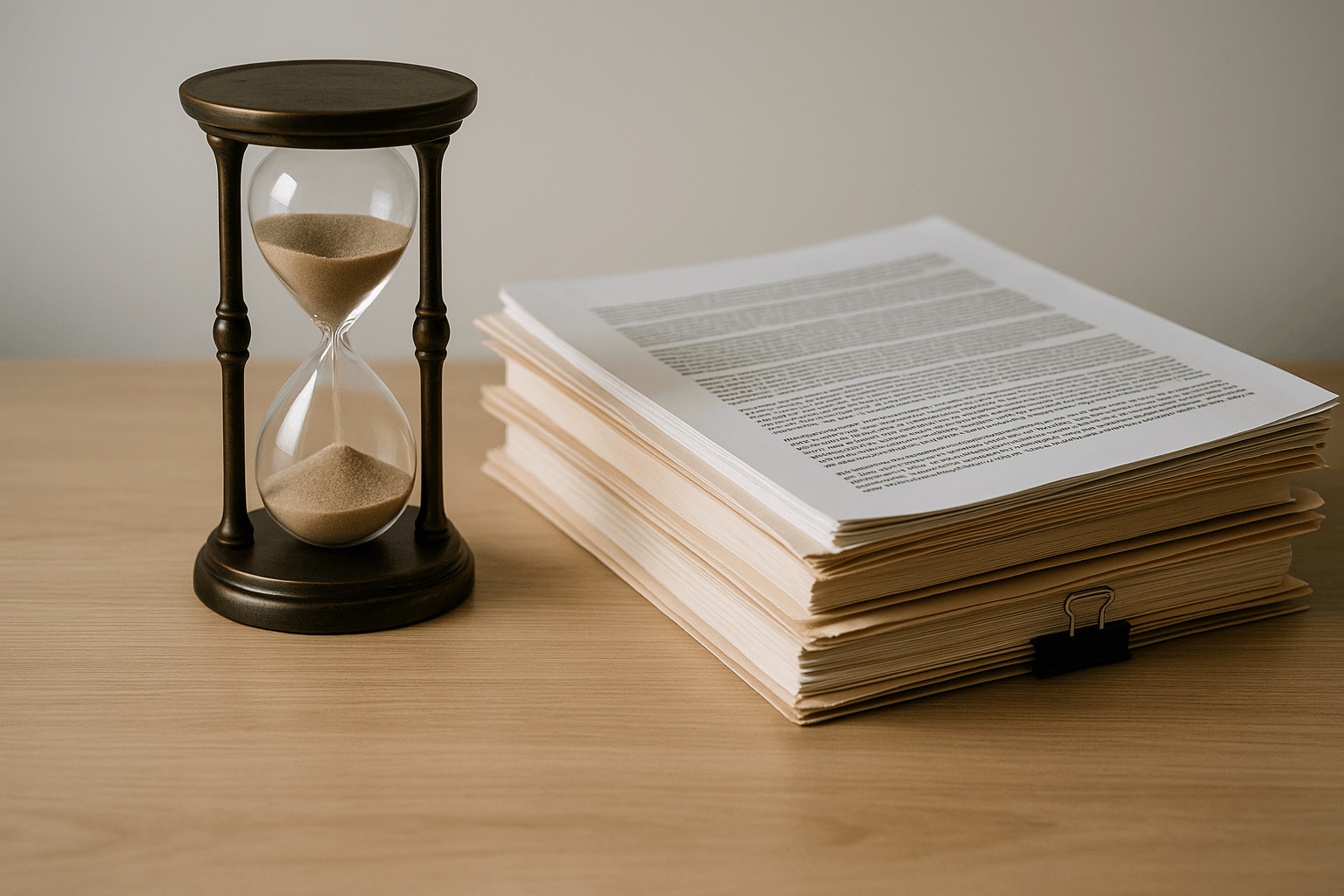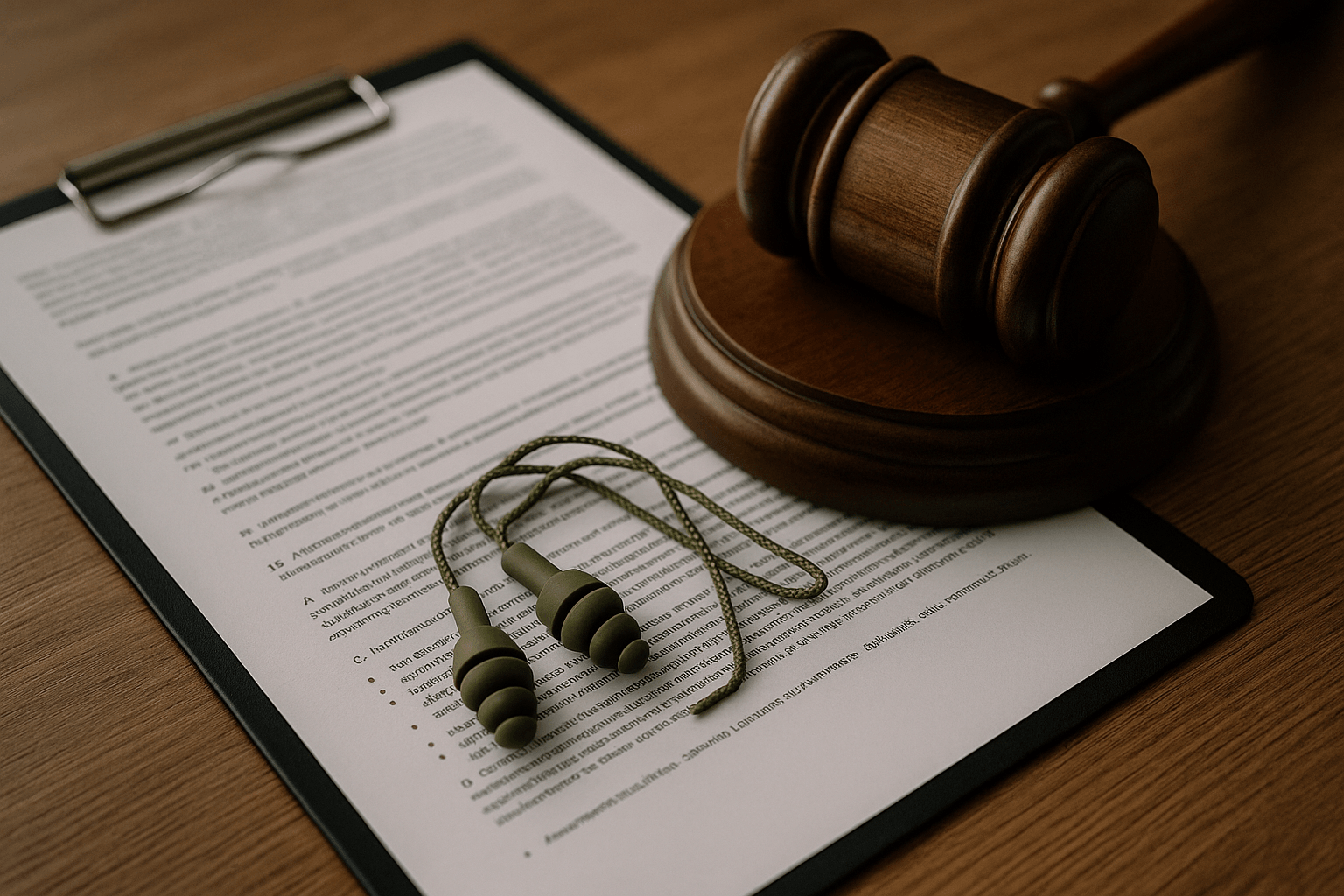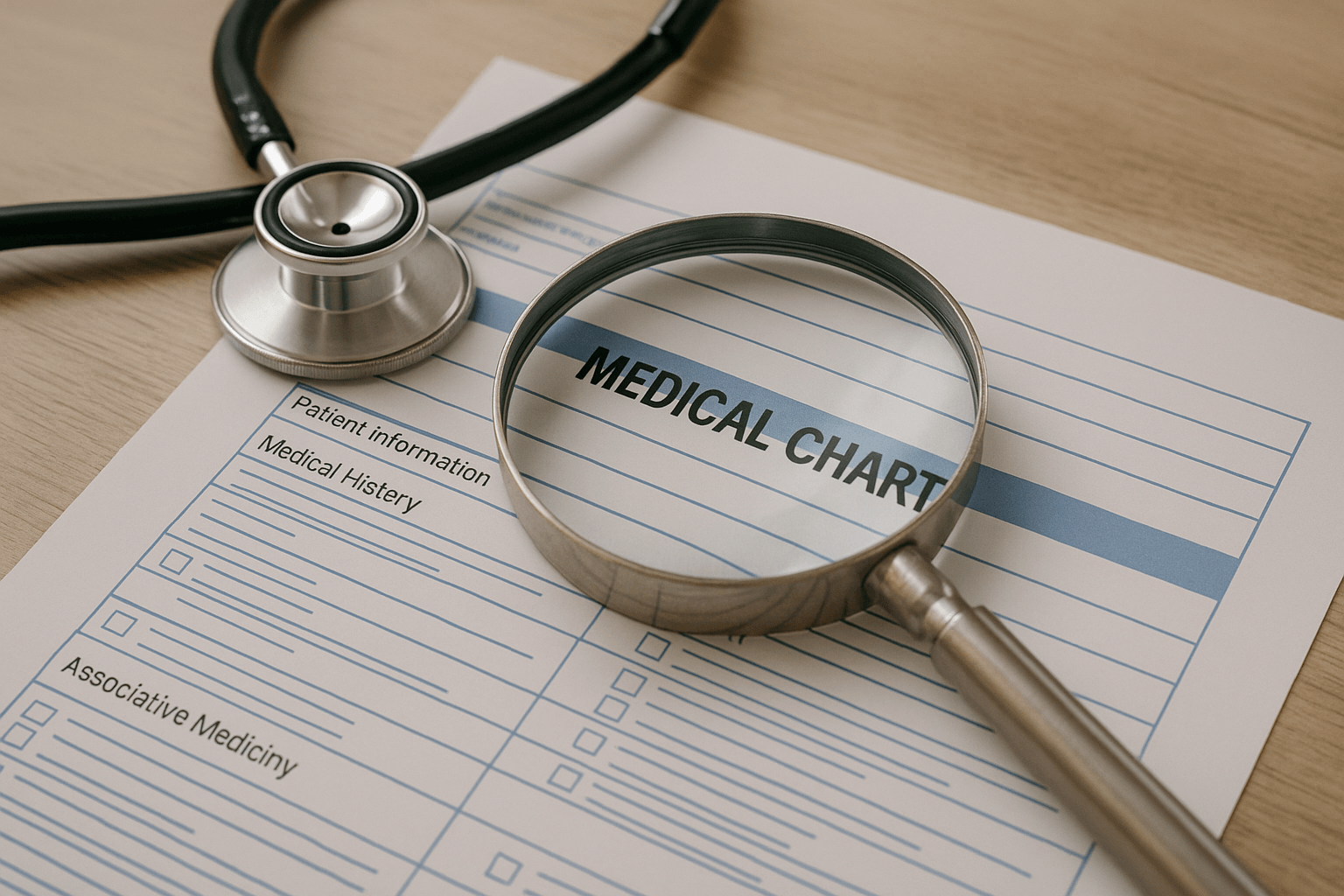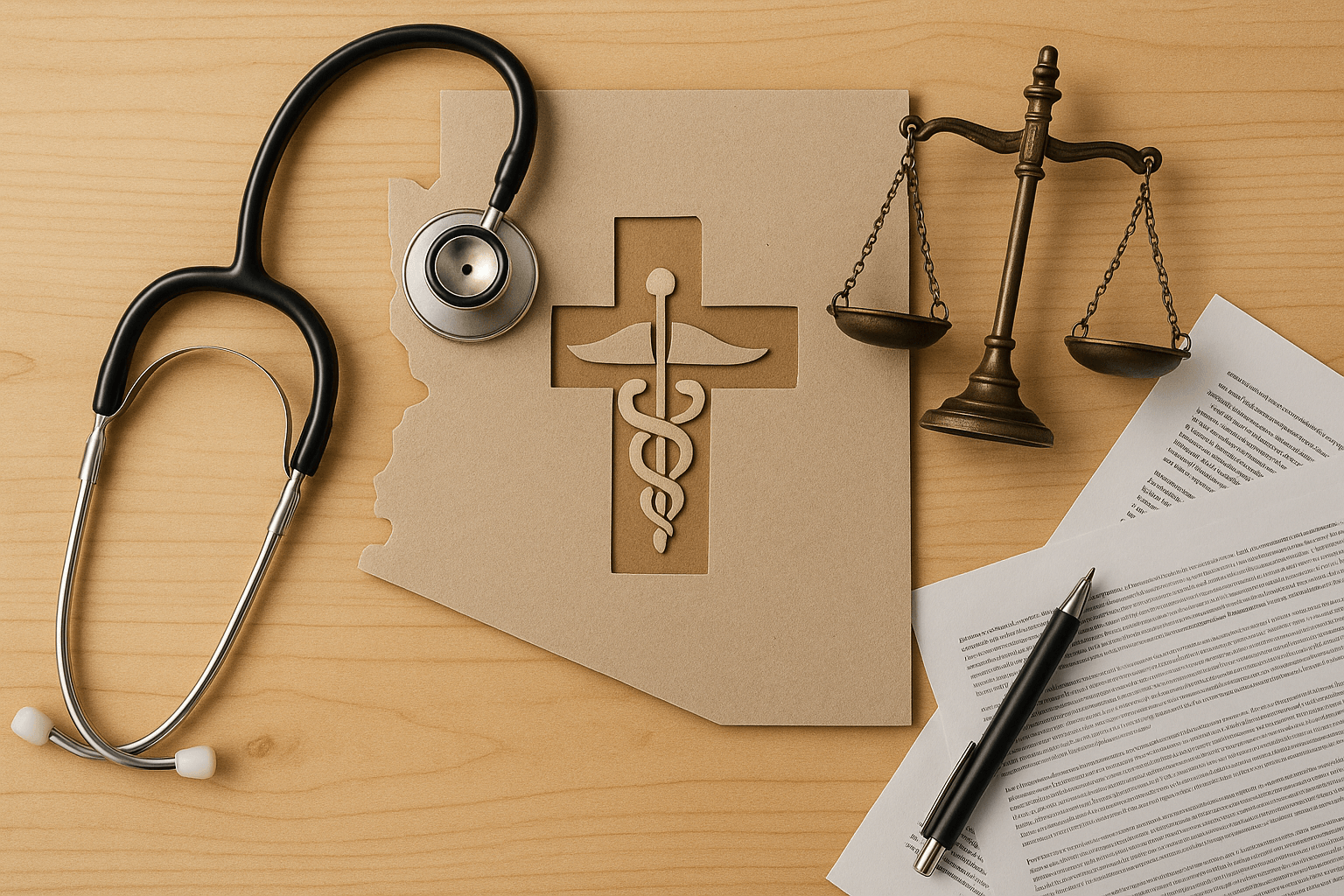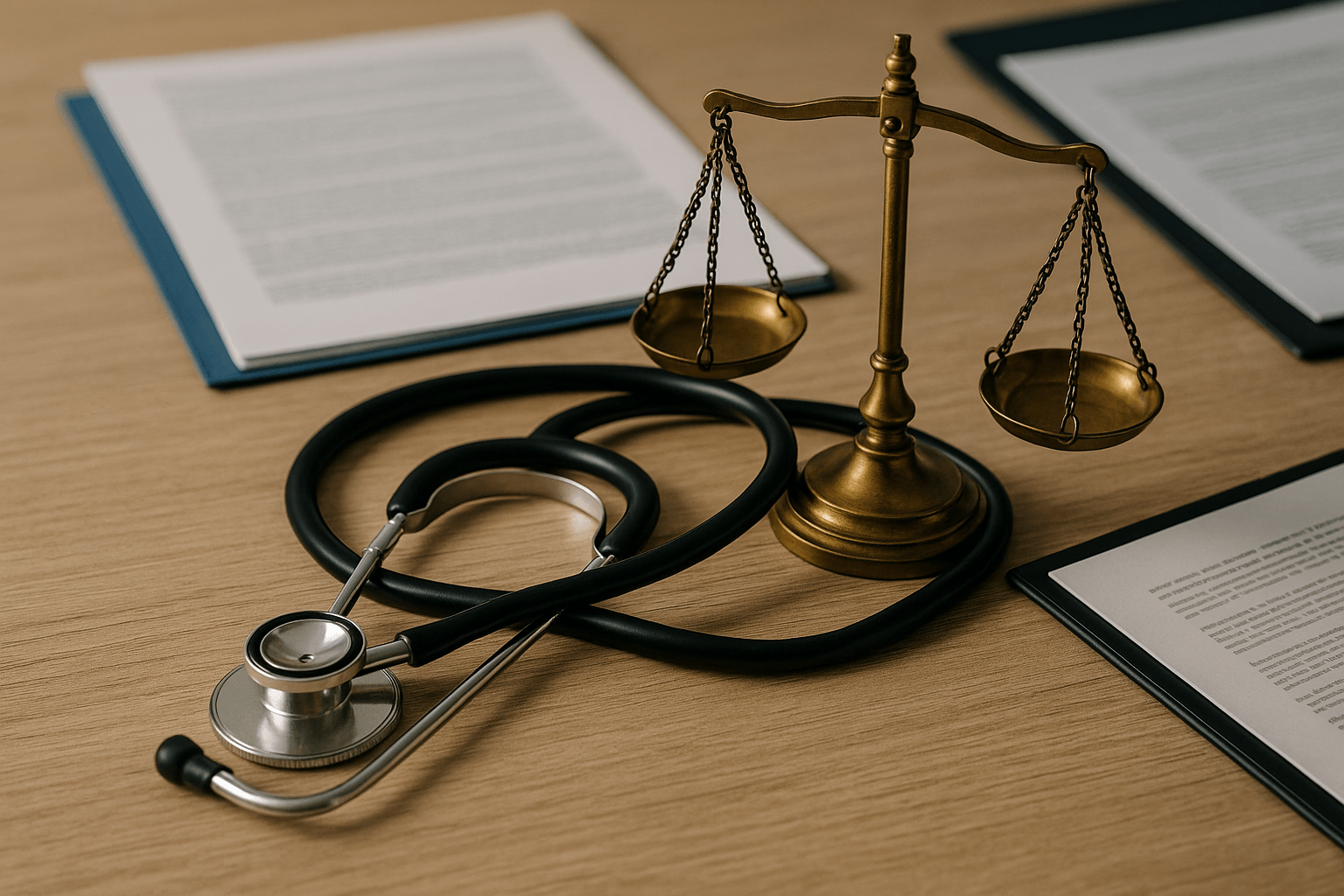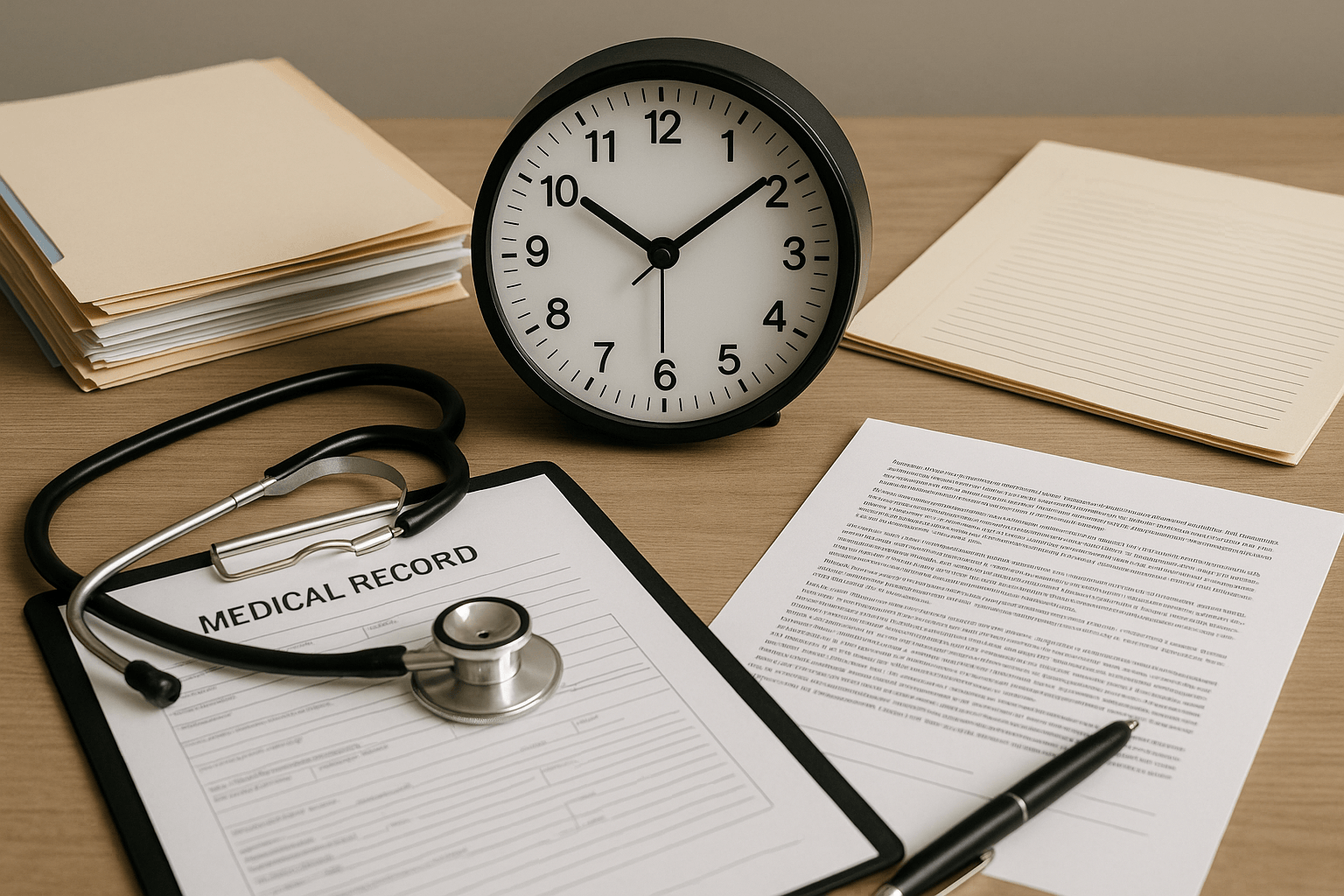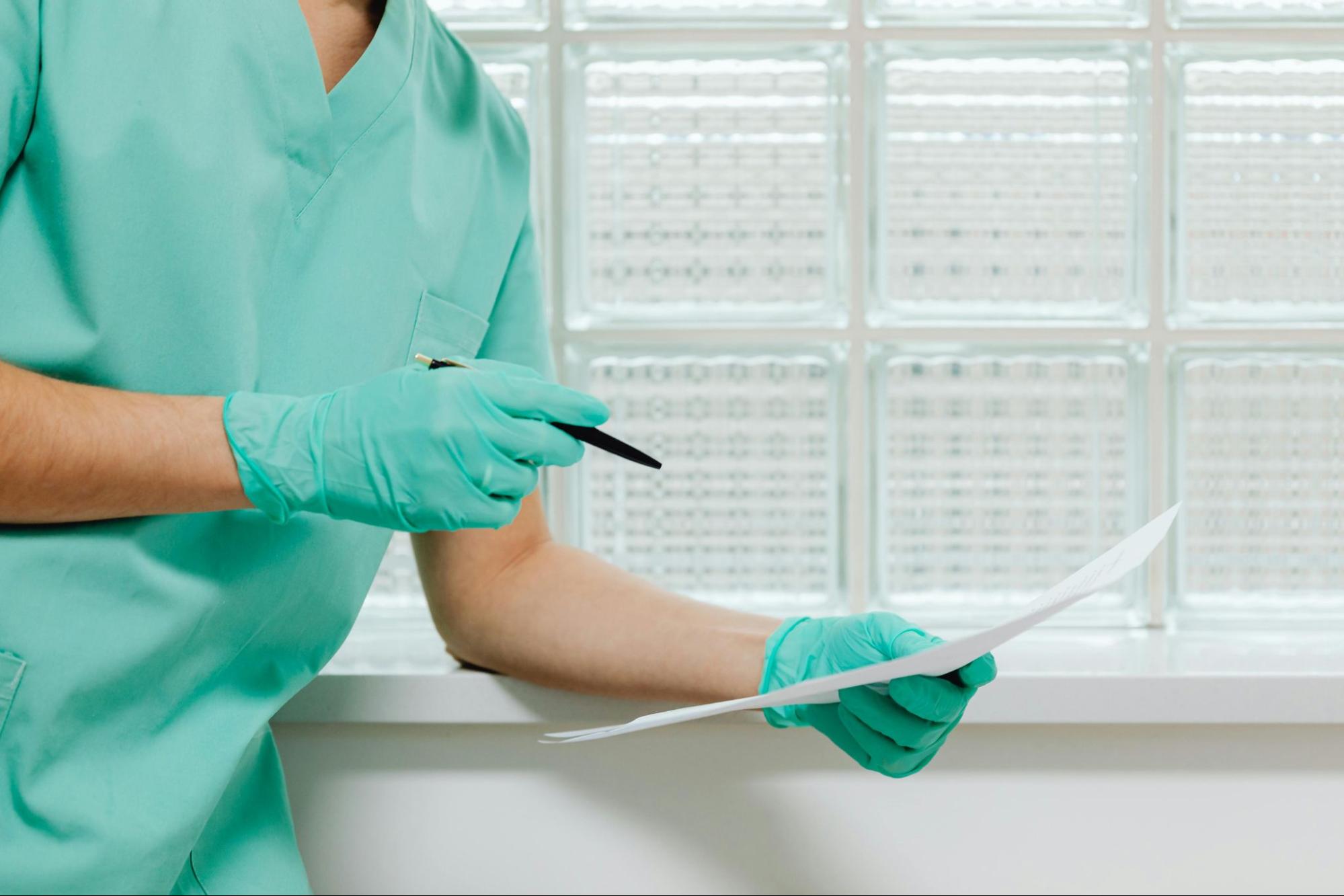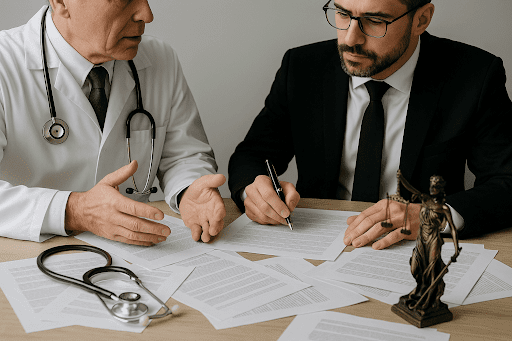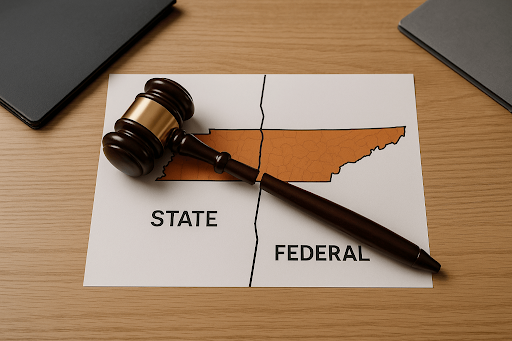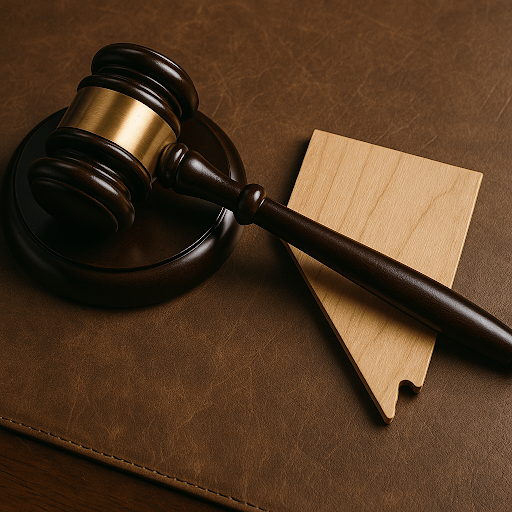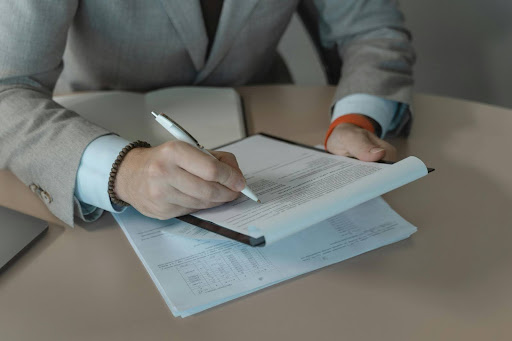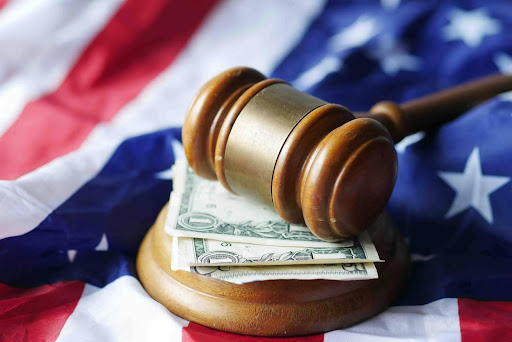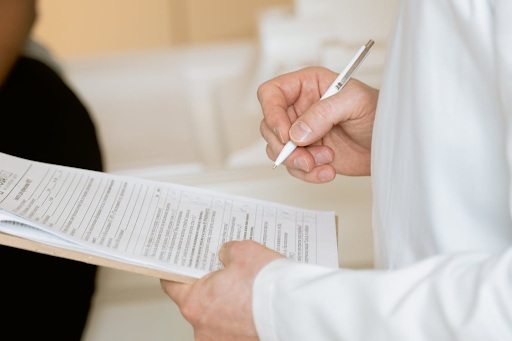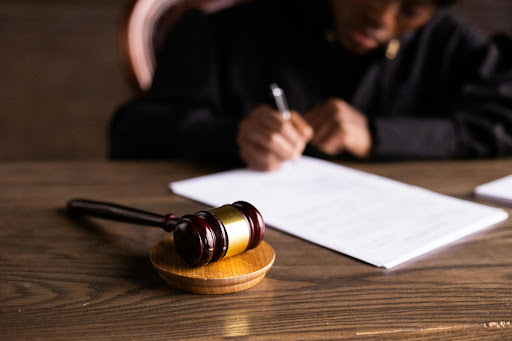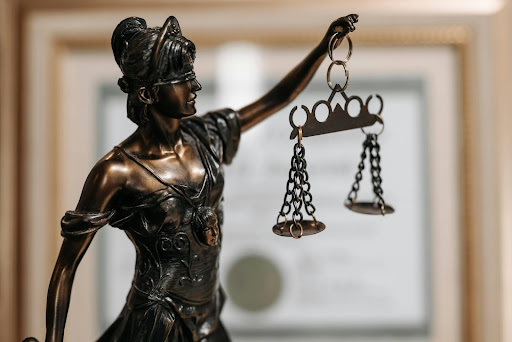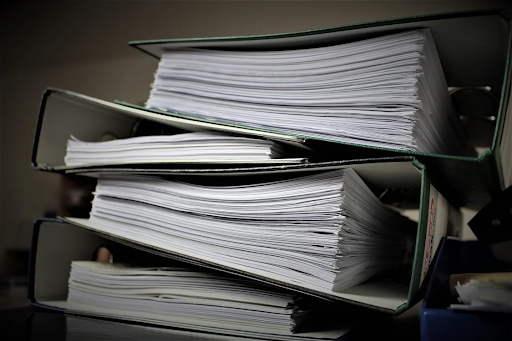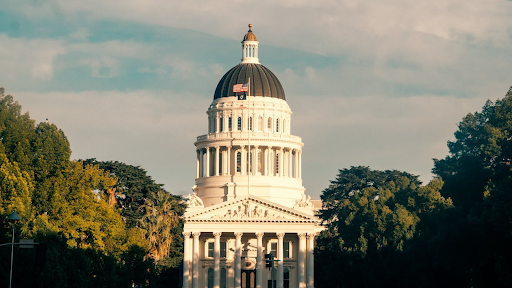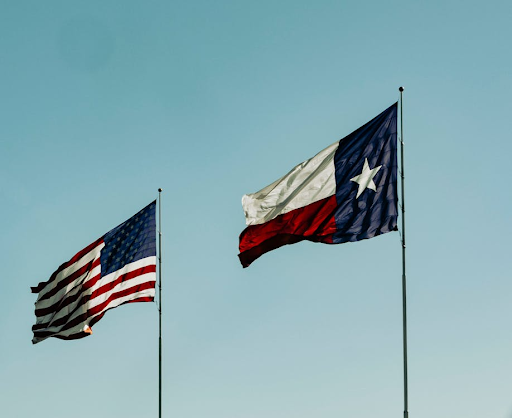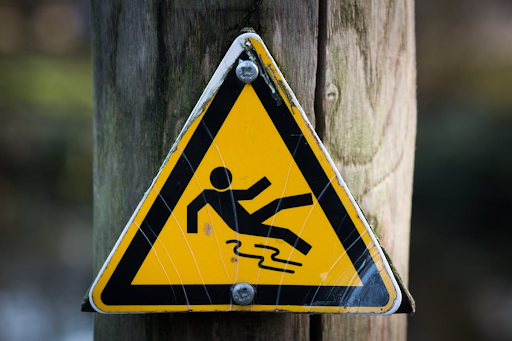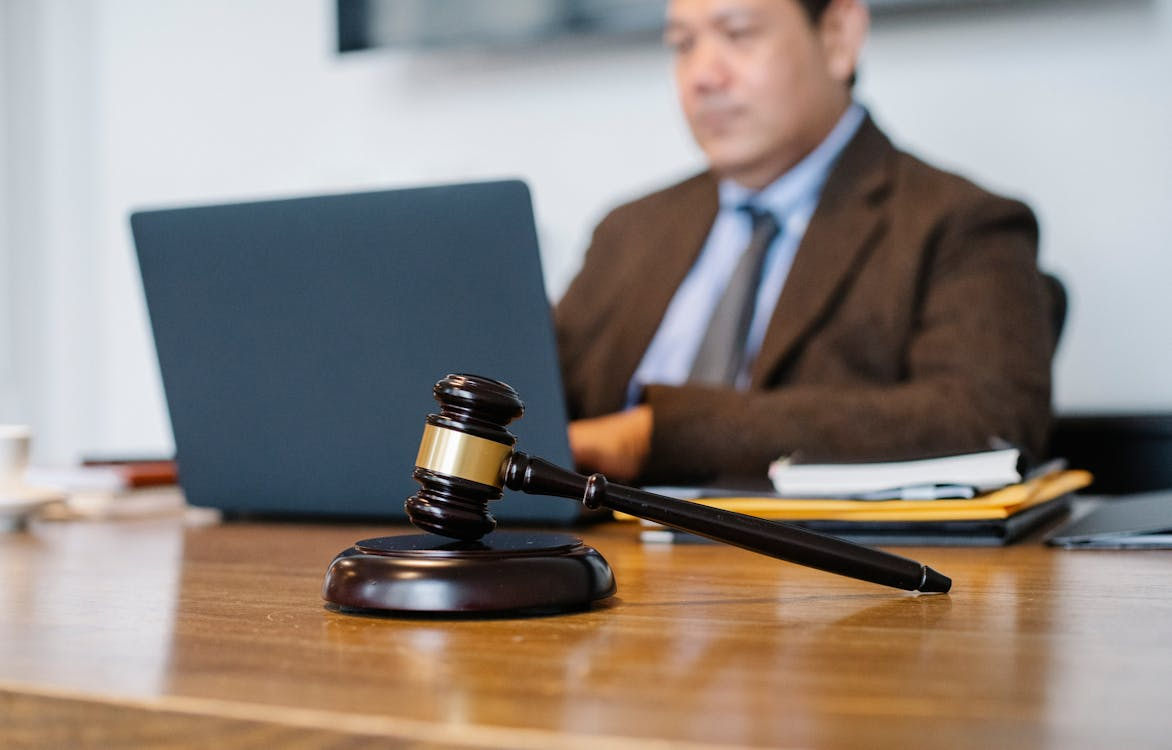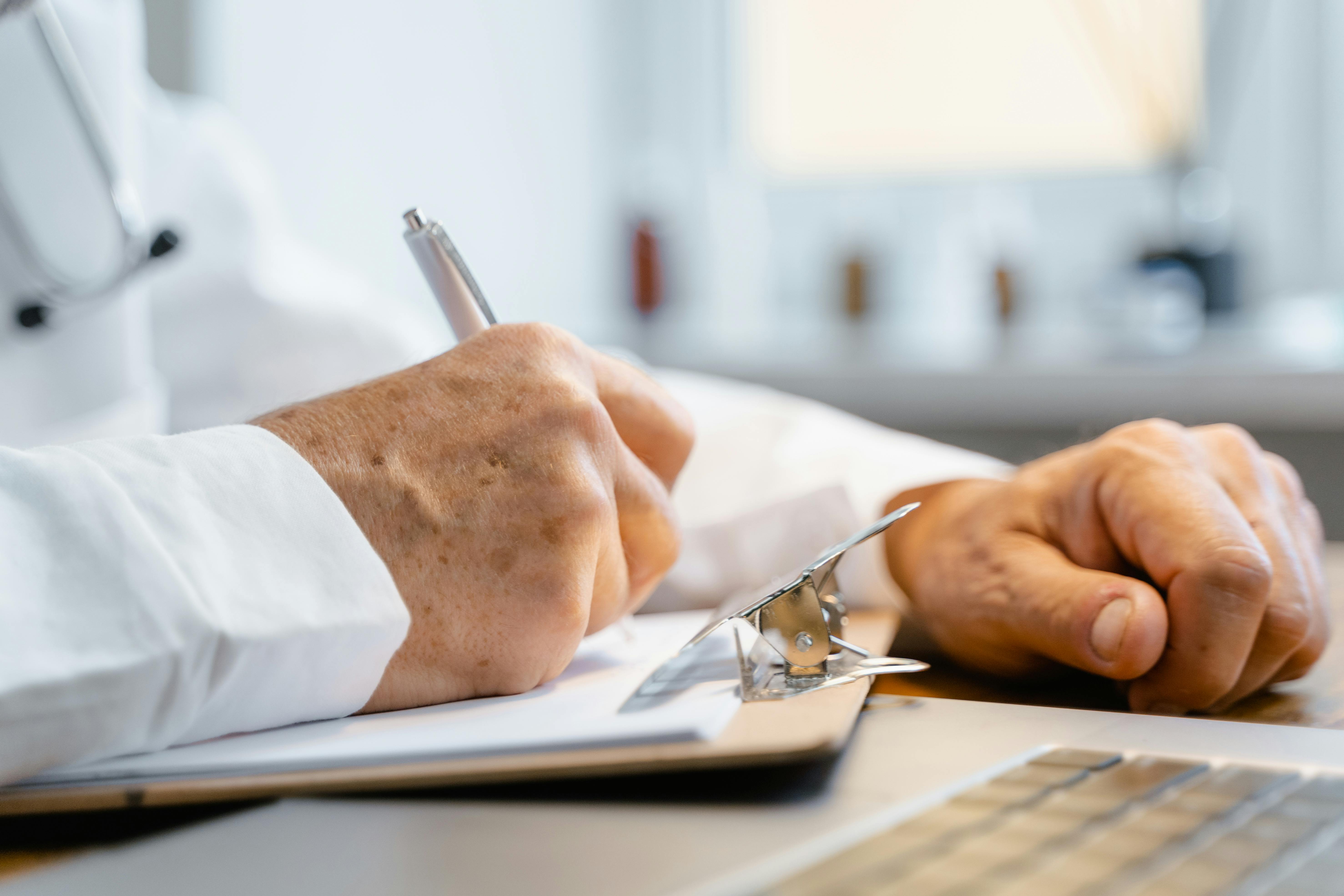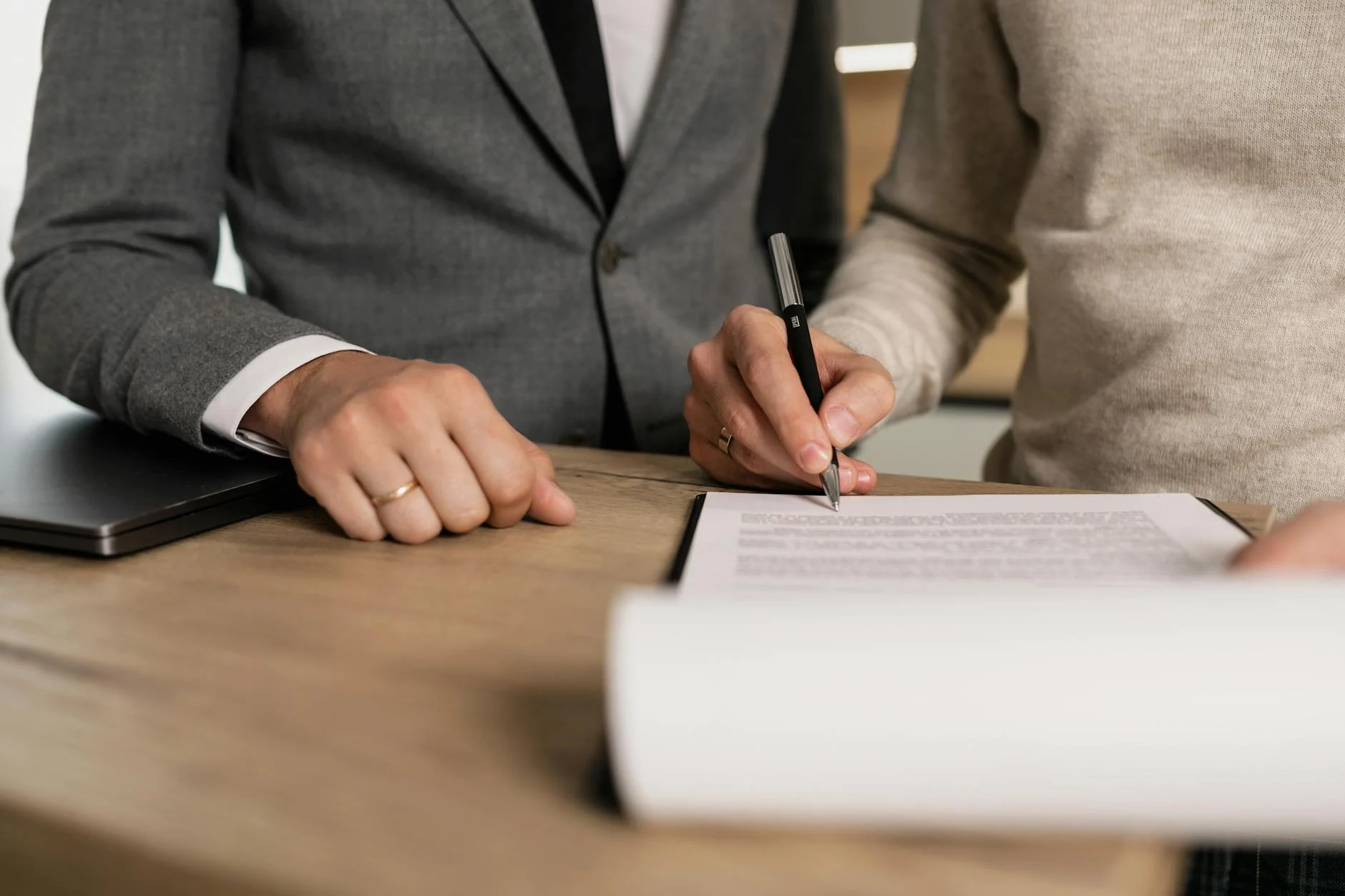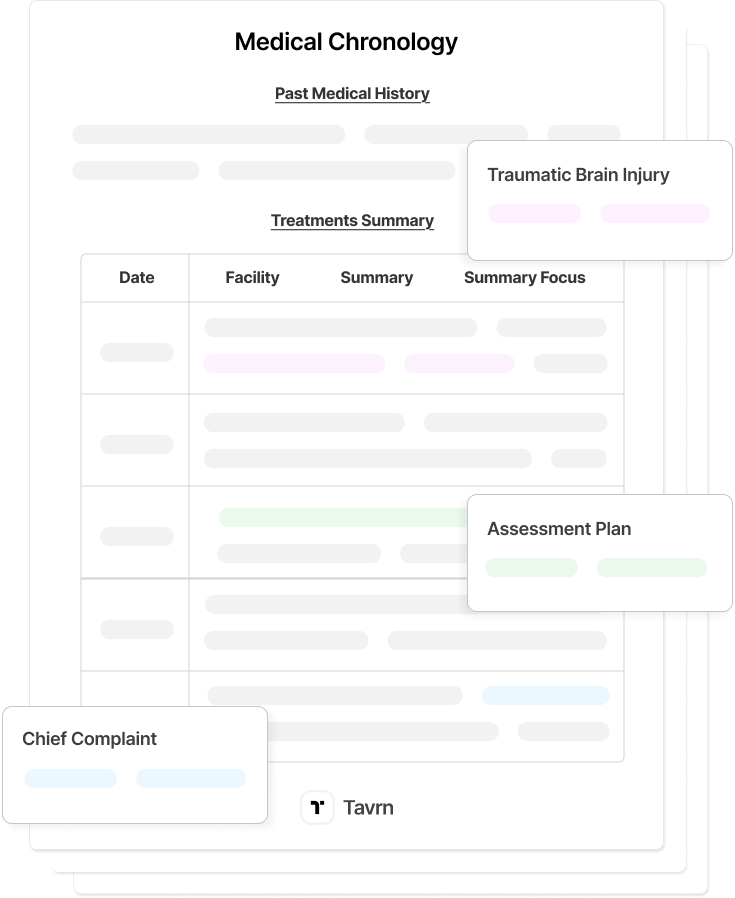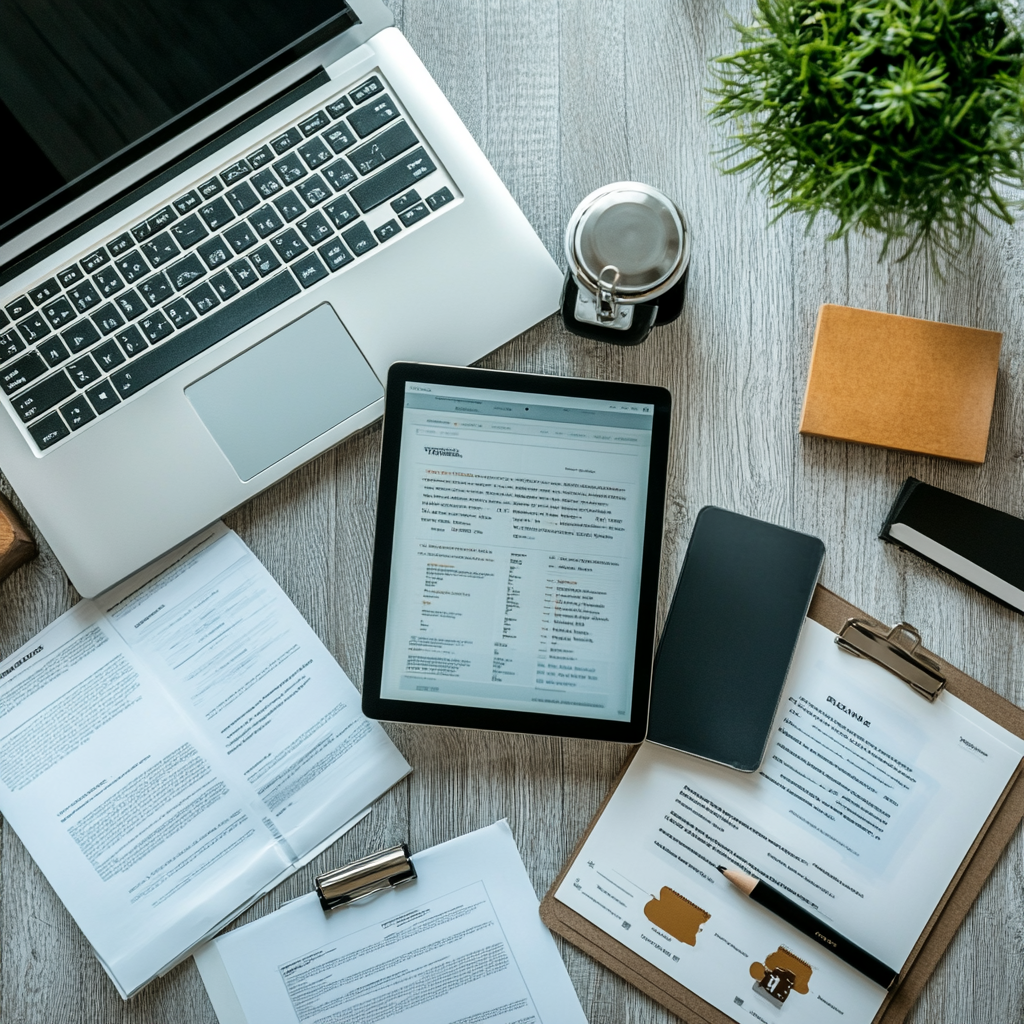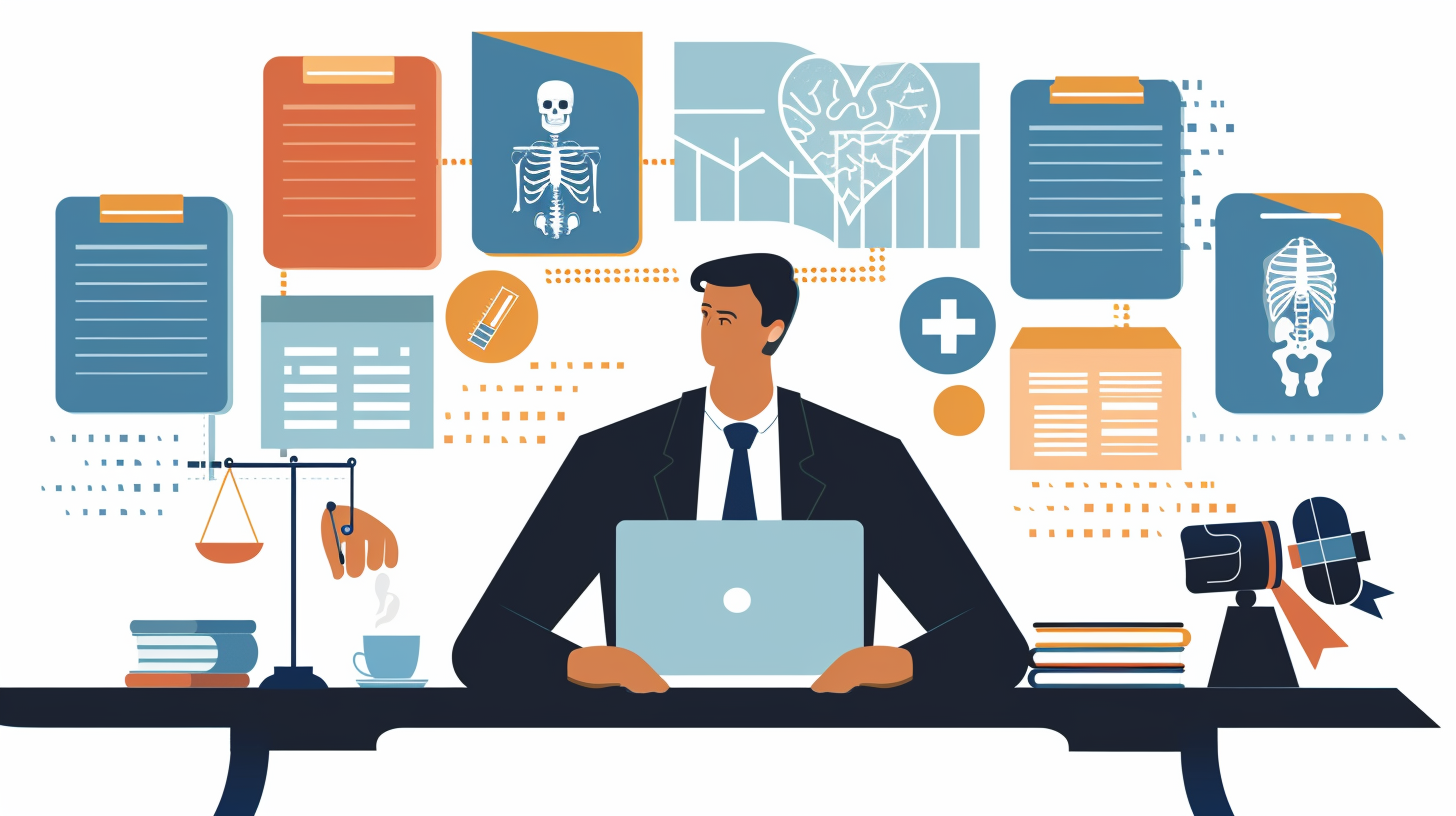The Tesla class action lawsuit represents a watershed moment in consumer protection law, establishing critical precedents for how courts address technology misrepresentation claims in the automotive sector.
This landmark litigation, centered on Tesla's marketing of Full Self-Driving and Enhanced Autopilot capabilities, has achieved significant procedural victories, including class certification under both Rule 23(b)(3) and Rule 23(b)(2). The decision establishes new frameworks for proving class-wide reliance in direct-to-consumer technology marketing, a challenge that has long tested the boundaries of consumer protection litigation.
For legal professionals, the case illustrates how traditional consumer protection statutes can effectively address emerging automotive technologies. Plaintiffs prevailed under California’s False Advertising Law, Consumer Legal Remedies Act, and the federal Magnuson-Moss Warranty Act. The court's acceptance of restitution-based damages theories simplifies recovery by avoiding complex benefit-of-the-bargain calculations in this case, though other courts may continue to apply alternative valuation methods depending on statutory and evidentiary contexts.
The case's innovative dual-track certification strategy—combining damages classes with forward-looking injunctive relief classes—offers templates for future technology misrepresentation suits. It also broadens potential liability for advanced driver-assistance marketing across the automotive industry.
Market Background and Case Context
Tesla began marketing Enhanced Autopilot and Full Self-Driving packages during the class period starting in 2016, progressively introducing capability claims with escalating pricing. The class action complaint alleges that Tesla's October 2016 blog post claimed that "all Tesla vehicles produced in our factory will have the hardware needed for full self-driving capability."
The company’s marketing evolution included specific promises about cross-country demonstrations and eventual full autonomy. Plaintiffs allege that CEO Elon Musk's public statements projected imminent delivery of Full Self-Driving, with Tesla's FSD package pricing increasing from initial levels to over $10,000. They claim that Tesla collected premium pricing for capabilities that were never delivered as promised.
According to court findings, Tesla's delivered features require constant driver supervision, while marketing materials suggested progression toward full autonomy. This gap between marketing promises and delivered capabilities underlies consumer deception claims.
National Highway Traffic Safety Administration Reports
Regulatory scrutiny from the National Highway Traffic Safety Administration (NHTSA) continues to intensify. Following the class certification, NHTSA opened Investigation Report PE25012 in October 2025, probing 2.9 million Tesla vehicles following 58 incidents in which Full Self-Driving systems reportedly failed to recognize traffic control devices.
Origination & Complaint Allegations
In Matsko v. Tesla, Inc. (N.D. Cal., 2022), plaintiffs launched a broad consumer protection challenge against Tesla’s advertising of its Full Self-Driving systems. The complaint alleges Tesla systematically misrepresented its Full Self-Driving capabilities, charging premium prices based on false promises.
Causes of Action (Statutory & Common Law Claims)
Plaintiffs assert a multi-statute strategy including:
- California statutory claims:
- False Advertising Law (FAL)
- Consumer Legal Remedies Act (CLRA)
- Unfair Competition Law (UCL)
- Federal warranty and fraud claims:
- Magnuson-Moss Warranty Act
- Breach of express warranties
- Breach of implied warranties
- Equitable and tort claims:
- Fraud / negligent misrepresentation
- Unjust enrichment
This layering ensures overlap across state and federal schemes and gives plaintiffs multiple paths to liability.
Core Misrepresentation Allegations
The complaint focuses on three core categories of misrepresentations:
- “Hardware for full autonomy”: Tesla allegedly promised that the vehicles already possessed the sensor and computational hardware needed for full autonomy, even before software maturity.
- Cross-country driving demonstrations: Plaintiffs allege that Tesla’s demonstrations (e.g. “drive from SF to NY without human input”) were presented as imminent but never materialized.
- Elon Musk’s public statements: CEO statements promising near-term delivery of Full Self-Driving are a central part of plaintiffs’ marketing record theory.
Supporting evidence includes marketing materials, Tesla’s website and blog, investor disclosures, and archived promotional content.
Pricing as Evidence of Intent
A central theme: Tesla’s premium pricing strategy for FSD upgrades is alleged to reflect its intent to leverage consumer expectations. Plaintiffs argue that “Tesla charged escalating premiums—starting from modest levels to over $10,000—for features that, in plaintiffs’ view, were never delivered as promoted.”
That pricing escalation, when paired with uniform marketing exposure, is designed to show that Tesla intended to profit from misrepresentations rather than to deploy promised capabilities.
Procedural History & Certification Battle
From consolidation to certification, plaintiffs secured important procedural wins that shaped the litigation’s trajectory. Below is a streamlined summary of the key milestones and class parameters:
- Consolidation (Oct 2022): The court consolidated the Matsko, Battiato, and Mallow cases under In re Tesla Advanced Driver Assistance Systems Litigation, No. 4:22-cv-05240 (N.D. Cal.), enabling coordinated discovery and unified legal strategy.
- Certification Order (Aug 18, 2025): Judge Rita F. Lin certified both Rule 23(b)(3) damages classes and Rule 23(b)(2) injunctive relief classes, finding that Tesla’s direct-to-consumer marketing model gave rise to common legal and factual questions.
- Class Scope & Appointments: The certified class presently consists of California buyers of Tesla’s Full Self-Driving package (from October 2016 forward) who opted out of arbitration; similar actions in other states or jurisdictions remain outside the certified scope. The court declined to certify claims for Enhanced Autopilot purchasers. Thomas LoSavio was named class representative, and Cotchett Pitre & McCarthy, Casey Gerry Francavilla Blatt, and Bottini & Bottini were appointed class counsel.
- Procedural Posture: The case is now in active discovery (including expert phases) under magistrate supervision. Mediation letters were filed in late 2024, indicating parallel settlement dialogue.
This procedural architecture—combining consolidation, dual-track certification, and narrow class delineation—positions the plaintiffs to pursue both past monetary relief and future injunctive remedies. It creates a unified framework rarely achieved in technology-based consumer cases.
Litigation Strategy & Plaintiff Tactics
Plaintiffs employed sophisticated reliance modeling that leverages Tesla's unique direct-to-consumer marketing structure. The court accepted arguments that Tesla's centralized marketing through company websites, blog posts, and Musk's public statements created uniform exposure patterns that support class-wide reliance presumptions, avoiding individual reliance inquiries that typically defeat class certification.
The damages strategy focuses on restitution-based recovery rather than complex benefit-of-the-bargain calculations. Plaintiffs successfully argued that Tesla’s delivered driver-assistance capabilities fell short of the full autonomous functionality that had been promoted in its marketing materials, appropriate damages simply require refunding amounts paid for Full Self-Driving packages. This straightforward damages theory eliminates complex valuation disputes and supports efficient class administration.
Evidence preservation strategies target Tesla's comprehensive data collection systems, including Event Data Recorders, extensive vehicle log files, and cloud-stored operational data. This electronic evidence approach provides objective documentation of system performance and limitations, supporting arguments about misrepresentations of capability.
The dual-track certification model is a tactical innovation that combines traditional damages classes with injunctive relief classes for future purchasers. It enables plaintiffs to seek both retrospective monetary recovery and prospective protection against ongoing deceptive practices, while reinforcing continuing violation theories needed to support injunctive relief. By asserting claims under multiple statutes—both California and federal—the strategy maximizes coverage across consumer protection regimes.
Damages, Settlement Prospects & Profit Potential
The Tesla class action presents significant financial exposure grounded in a restitution-based damages model and a large certified class. In its August 2025 certification order, the court accepted plaintiffs’ full-refund theory—allowing recovery of the entire amount paid for Full Self-Driving packages. This approach removes benefit-of-the-bargain calculations and sets a clear monetary framework for class recovery.
Key Financial Dimensions:
- Class size: The certified class encompasses California residents who purchased FSD packages from October 2016 through July 2024 and opted out of arbitration—representing thousands of potential claimants across multiple Tesla models.
- Purchase range: Full Self-Driving packages sold from early offerings to prices exceeding $10,000.
- Aggregate exposure: Based on Tesla's cumulative FSD sales volume and uniform marketing patterns, potential aggregate damages could reach hundreds of millions if full refunds are awarded across the certified class
Settlement forecasts draw parallels to major consumer-protection precedents. Precedents from Hagens Berman’s automotive litigation portfolio show that large-scale consumer claims often resolve through restitution programs and negotiated settlements once certification pressure builds.
Additional liability signals are evident in parallel litigation. In August 2025, a Miami federal jury awarded $243 million in damages against Tesla in Benavides v. Tesla, a wrongful death case involving the company's Enhanced Autopilot system—a separate but related driver-assistance technology. While that case centered on Autopilot rather than Full Self-Driving, the verdict underscores Tesla's growing exposure across its autonomous-vehicle technologies and the broader liability risks shaping settlement calculations in the FSD class action.
With a certified damages class, clear refund theory, and established high-value benchmarks, the case stands among the most consequential consumer-technology lawsuits in recent years—both for potential restitution and for attorney-fee recoveries that remain subject to court approval following class outcomes.
Legal & Business Implications
The class certification decision establishes critical precedents for consumer protection litigation against technology manufacturers. The court's analysis of Tesla's direct-to-consumer marketing model creates new frameworks for establishing class-wide reliance in misrepresentation cases, potentially extending beyond automotive to other direct-marketed technology products.
Legal Impact
- The certification of both damages and injunctive relief classes reflects judicial recognition that deceptive marketing requires both retrospective monetary relief and forward-looking injunctive measures.
- This hybrid structure provides a practical model for future consumer-technology litigation seeking comprehensive remedies.
- Coordination with NHTSA investigations reinforces plaintiffs’ claims by aligning private actions with parallel regulatory scrutiny.
Business and Industry Consequences
- The case is prompting more cautious capability statements and stricter substantiation of marketing claims across the technology and automotive sectors.
- Counsel advising manufacturers should anticipate heightened regulatory attention and adopt compliance protocols that ensure defensible advertising practices.
- For automakers, the ruling broadens potential liability for marketing of advanced driver-assistance and autonomous vehicle systems.
- The restitution-based damages framework simplifies valuation disputes and establishes a replicable model for future technology misrepresentation actions.
Together, these developments underscore the expanding intersection between consumer law, emerging technology, and regulatory oversight. The Tesla decision signals that courts are prepared to adapt established doctrines to evolving marketing realities—shaping not just how autonomous systems are sold, but how accountability for those claims will be measured in future litigation.
Risks, Challenges & Counterarguments
Tesla’s defense strategy focuses on limiting exposure through procedural mechanisms and evidentiary challenges. The company’s arbitration framework, technical defenses, and reliance arguments collectively shape a narrow path for class recovery and may determine how far consumer protection statutes can reach in technology misrepresentation claims.
Core Defense Positions
- Arbitration enforcement: Tesla continues to rely on mandatory arbitration clauses to restrict class scope. The August 2025 certification order confirms that the certified class consists solely of consumers who opted out of arbitration, demonstrating the effectiveness of this strategy in curbing large-scale consumer exposure.
- Reliance and causation: Plaintiffs must establish that marketing statements directly influenced purchase decisions. Tesla may counter that product manuals and operational disclosures adequately informed consumers of system limitations, weakening reliance arguments for experienced or repeat purchasers.
- Technical and evidentiary challenges: Ongoing software updates and incremental feature rollouts could support Tesla’s contention that its Full Self-Driving claims reflected active development rather than deception. Daubert motions challenging expert reliability could further constrain plaintiff evidence.
- Forward-looking statements: Tesla may invoke safe-harbor protections, asserting that statements about Full Self-Driving were aspirational forecasts accompanied by appropriate cautionary language rather than actionable misrepresentations.
Broader Litigation Outlook
These defenses illustrate the challenges of sustaining class-wide misrepresentation claims in a rapidly evolving technology context. By combining arbitration enforcement with technical and evidentiary arguments, Tesla aims to narrow liability while testing how far courts will apply traditional consumer-protection frameworks to emerging technologies.
Outlook & Developments to Watch
Key upcoming litigation milestones include summary judgment motion practice, potential appellate review of class certification decisions, and expert report deadlines that will shape trial preparation timelines. Ongoing mediation could accelerate resolution before costly expert discovery and trial preparation.
Regulatory developments continue influencing litigation dynamics, with ongoing NHTSA investigations informing the factual record and potential Department of Transportation framework updates that, while proposed, have not yet established binding legal standards.
Parallel litigation expansion appears likely, with additional class actions targeting other Tesla features. Tesla's potential appeal of class certification orders could delay proceedings while establishing circuit court precedents for consumer protection claims against technology manufacturers.
Final Analysis
The Tesla Full Self-Driving class action marks a pivotal moment in automotive technology litigation and consumer protection law. Its successful class certification provides class-wide reliance and applies traditional consumer statutes to advanced technology claims.
Beyond Tesla, the decision provides a blueprint for litigators navigating misrepresentation in direct-to-consumer technology markets—offering guidance on evidence preservation, certification strategy, and restitution-based damages models. It also signals broader exposure for advanced driver-assistance systems marketing, increased regulatory alignment, and stricter compliance expectations for how autonomous capabilities are represented across the industry.
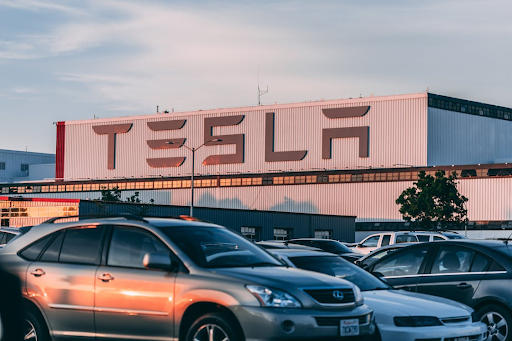

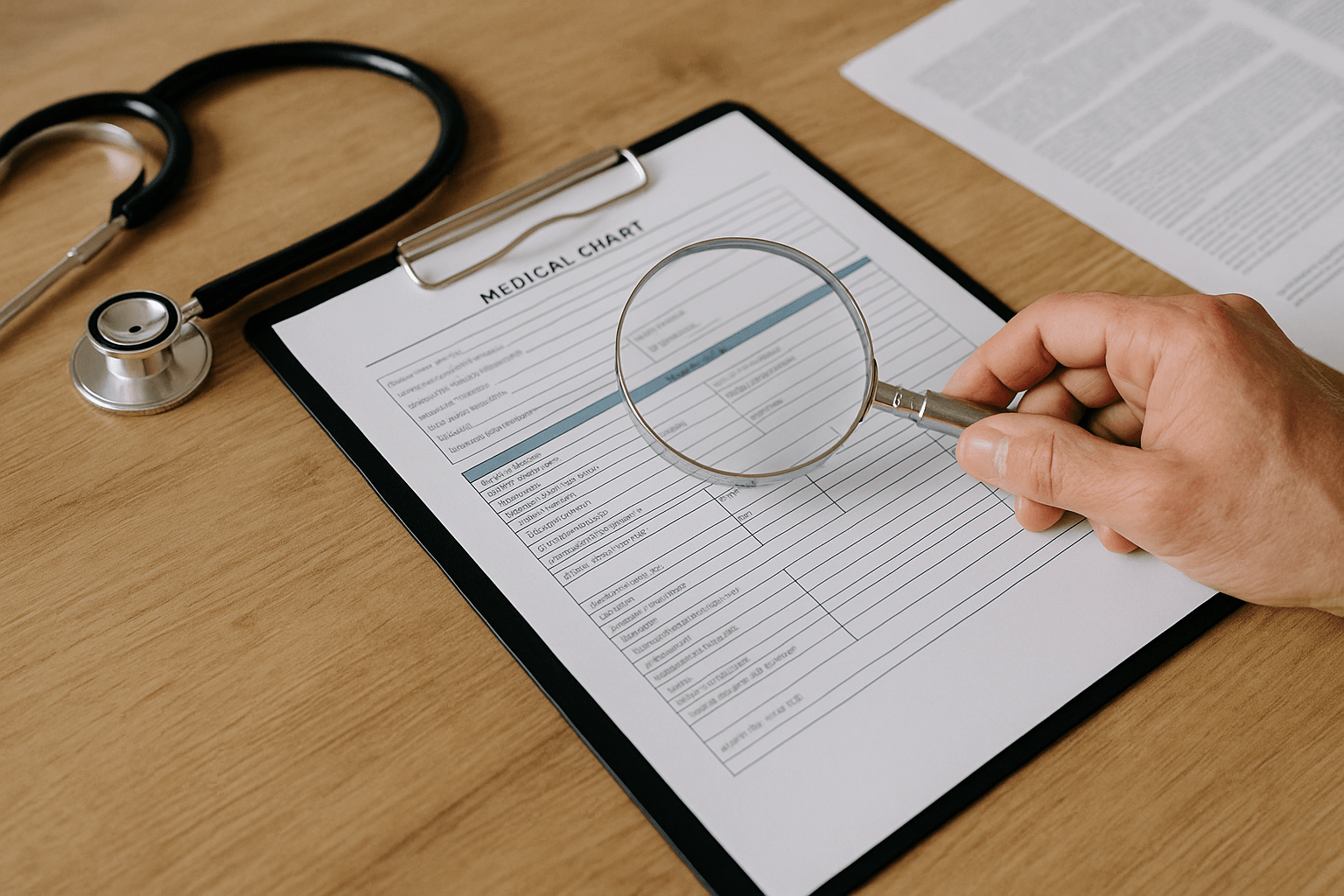
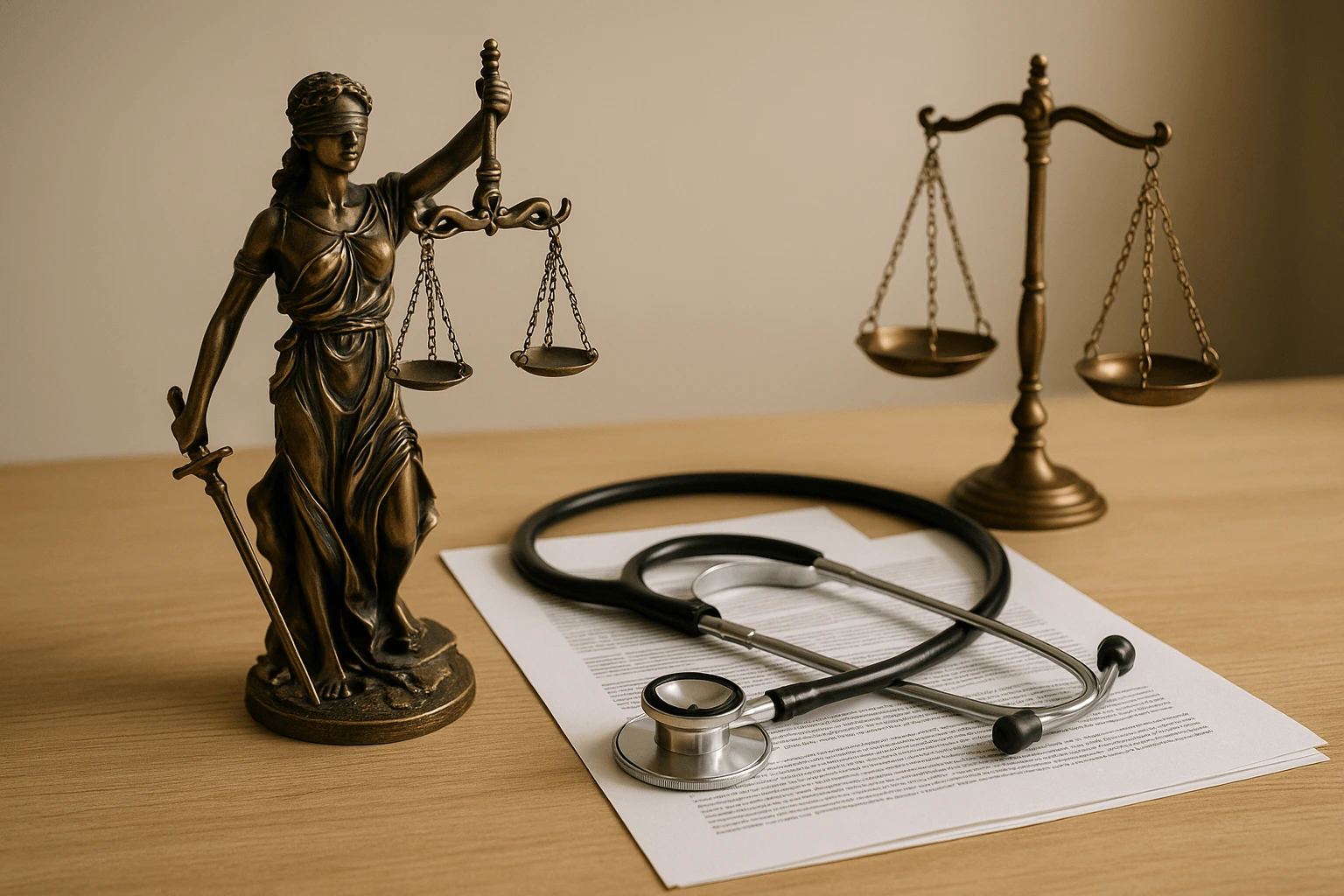
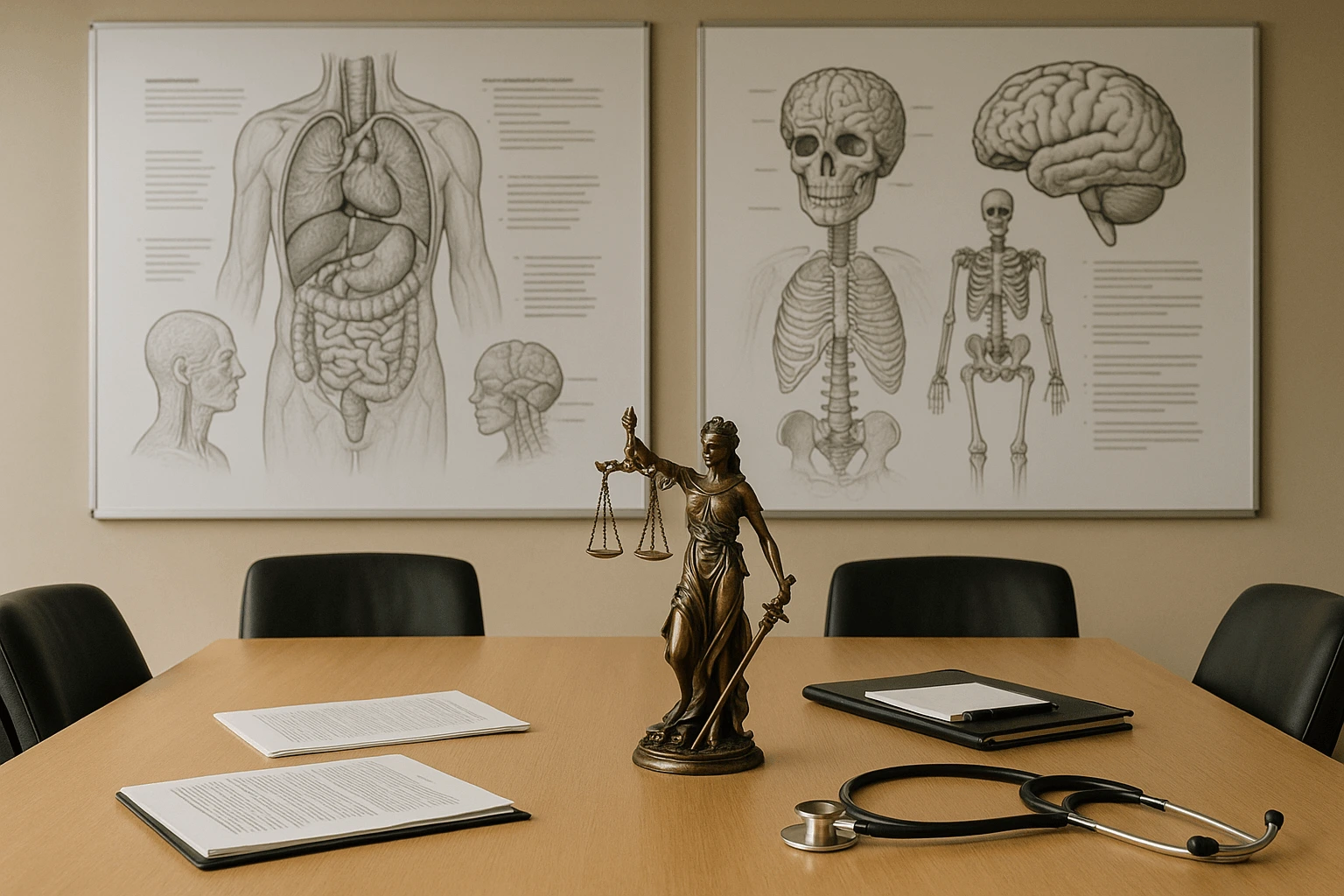
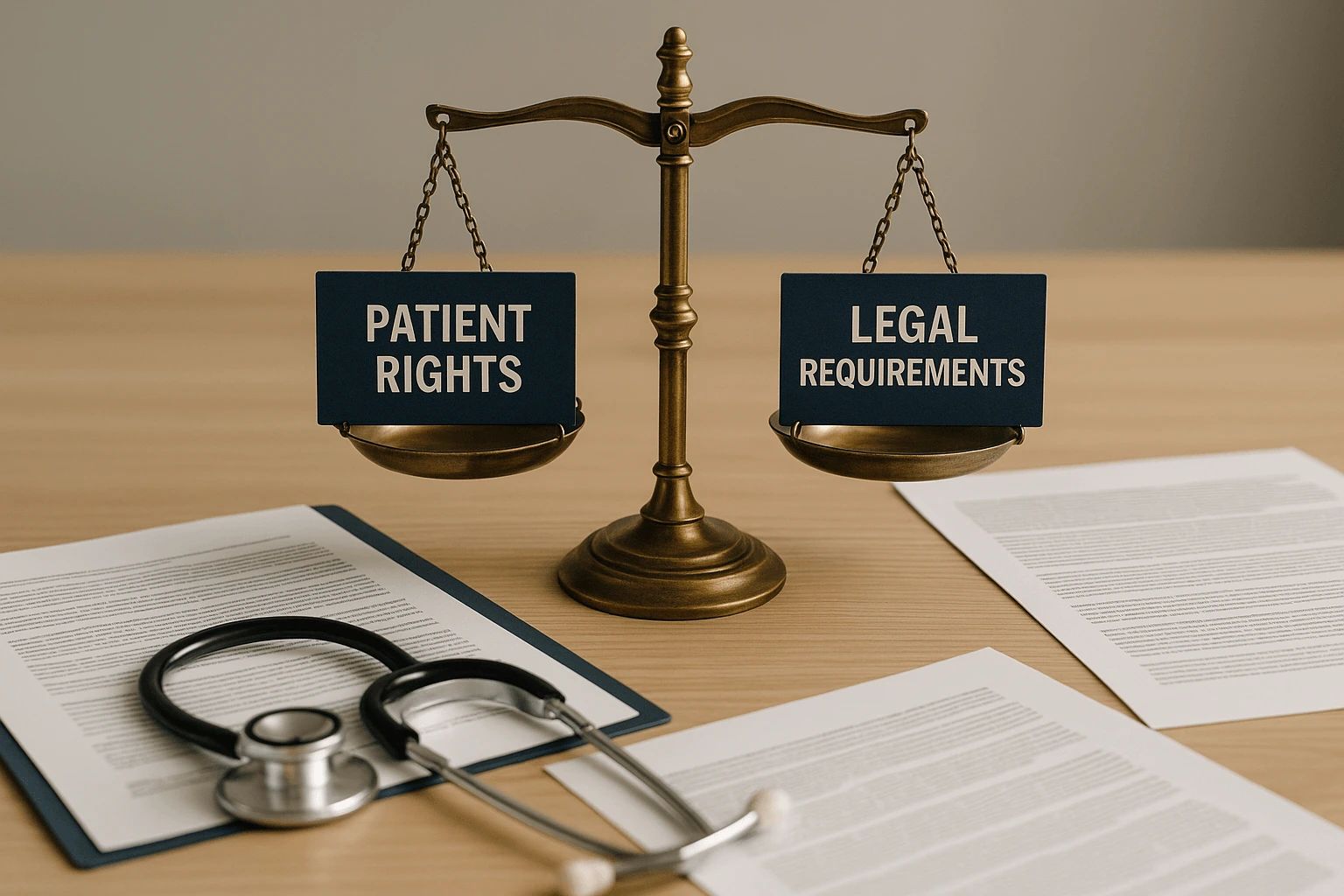
.webp)
.webp)
